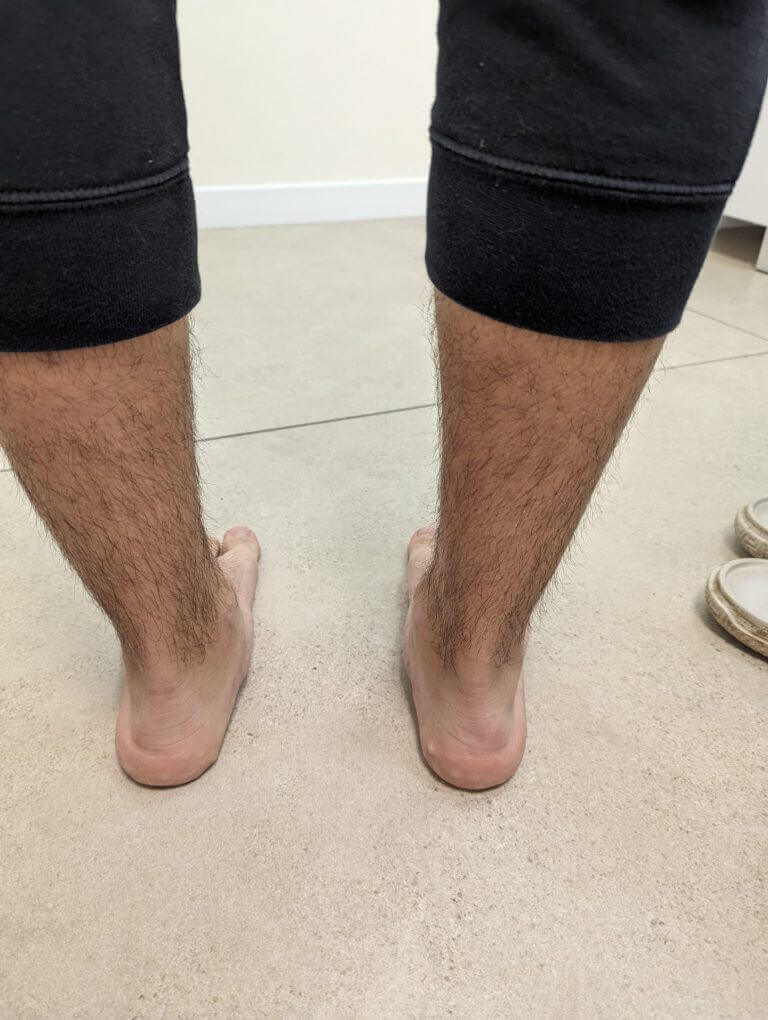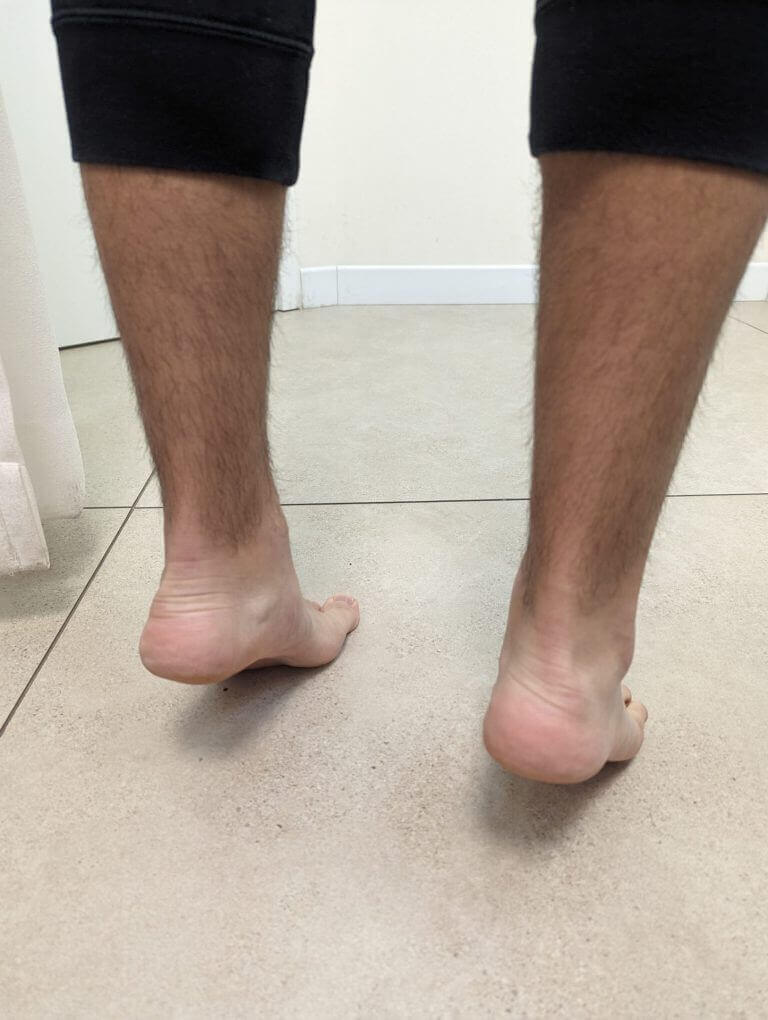
Everything you need to know about flat feet (platfus) in children
Flat feet (also called platfus or flatfoot), is a very common orthopedic condition in children (and adults), which parents may lose sleep over.
Is it dangerous? Is it an isolated finding or should we be looking for additional orthopedic conditions when it is detected? And what happens when it comes to military service?
Dr Eyal Mercado, a senior pediatric orthopedist, will teach us everything we need to know about flat feet in children.
What is flat feet (platfus or flatfoot)?
Flat feet is a type of variation in the shape of the foot that causes it to become flat.
Flexible flat feet? What does that mean?
Flexible flat feet refer to the flattening of the arches on the inside of the feet when a child with flat feet stands up and pressure is applied to their feet. However, when the child sits down or stands on the tips of his/her toes, the arch reappears. This condition affects both feet.
Take note of the two images attached. In the first one, when standing and bearing weight – flattening of the inner arch of the feet is visible (and our advanced readers will be able to notice the outward deviation of the heel bone). In the second photos, when the same child stands on the tips of their toes, the inner arch is visible and the position of the heel realigns.
There are other types of flat feet in children and they can often be pathological and may require monitoring and treatment. These include flat feet with tension in the Achilles tendon, and sometimes tension in the outer tendons of the ankle (peroneal tendons), or rigid flatfeet, which is a more serious condition.

How common are flat feet in children?
The prevalence of flat feet can be as high as 23%, depending on what falls under this definition, and it is seen mainly in babies and young children. Older children between the ages 5 and 10 will usually demonstrate improvement, as you will see below.
Is there a familial tendency to flat feet?
Yes. This is a medical condition that can be inherited.
Here’s an anecdote for you – flat feet (platfus) is less common in places where people walk around without shoes.
Do the feet function normally in babies and children with flat feet?
Flexible flat feet are considered a normal variation of regular feet.
The muscles and joints function in a completely normal way. Most children are born with a very small arch in their feet. As they grow and start walking, the tendons and muscles of the feet and ankles strengthen and gradually take on the shape of an arch.
Children normally start developing an arch in their feet at the age of 5 or older. Some children never develop an arch.
If the flat feet persist until adolescence, the child may experience pain in their feet. In these situations, an orthopedist should be consulted.
So, should a baby or child with flexible flatfeet be examined by a physician?
To determine the diagnosis, it is important to see an orthopedist for an examination, mainly to rule out other types of flat feet (as mentioned earlier) that could potentially require treatment.
When a specialist, a pediatric orthopedist, sees your child, they will ask him/her to sit, stand, lift their toes on both feet while standing and stand on their tip toes. In addition, the Achilles tendon will be examined as it can be tensed, and the area of the foot will also be examined (for warts). The shoes the child wears everyday will also be checked for wear patterns. It is therefore important to bring shoes your child has worn for a prolonged period of time when visiting an orthopedist for an evaluation.
What is the treatment for flat feet?
The most common type of condition, flexible flat feet, requires treatment only if it is causing the child discomfort. Among the available therapies:
Stretching exercises:
If the flat feet are causing your child pain following activity or fatigue in the feet, ankles or legs, then your physician will recommend stretching exercises for the heel.
How can the Achilles tendon be stretched?
Lean forwards against a wall with one leg to the front and one to the back. Straighten your back leg and apply pressure on the heel against the floor. The front knee should be bent. Hold this position for 15-30 seconds. Keep both heels tight against the floor and direct your back toes towards the heel of the front foot.
What about the use of orthotics in flat feet?
If the discomfort persists, customized orthotics, made to fit your child’s feet can be used, and these can reduce some of the pain while also helping to keep the shape of the shoe, which can often wear out unevenly.
Are there other treatment options available?
In the pathological conditions mentioned above, referrals to physiotherapy or casting can be offered.
What about surgical treatment of flat feet?
Sometimes, there is a need for surgical treatment for adolescents suffering from continuous pain due to flat feet.
In addition, in a small number of children, instead of improving with time, flexible flat feet can develop into rigid flat feet. Sometimes, these situations require an additional clinical assessment.
What about physical exercise in children with flat feet?
There is no reason to avoid physical exercise, on the contrary, physical exercise should be encouraged.
What about military service?
As mentioned above, most cases of flatfeet disappear with time and are irrelevant by the time the child is old enough for military service.
In persistent cases, sometimes the army will reduce the person’s score due to the flat feet, depending on the severity of the condition but it does not significantly affect the service.
In summary, we have learned about a new term and how to use it. Instead of discussing flat feet, we now know to refer to this condition as flexible flat feet, a common condition that does not usually cause any issues and improves spontaneously with time.
And if it doesn’t, and you are concerned, we are always here.
For comments and questions, please register
